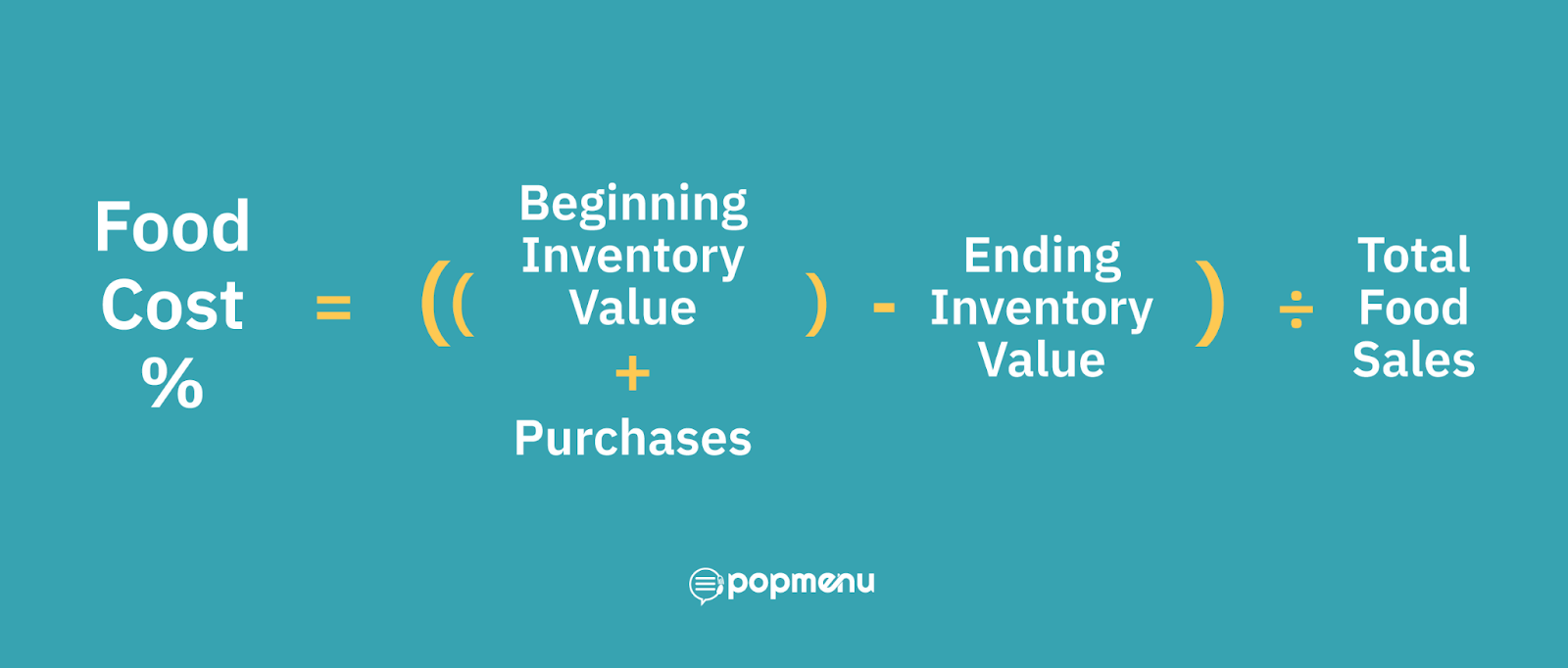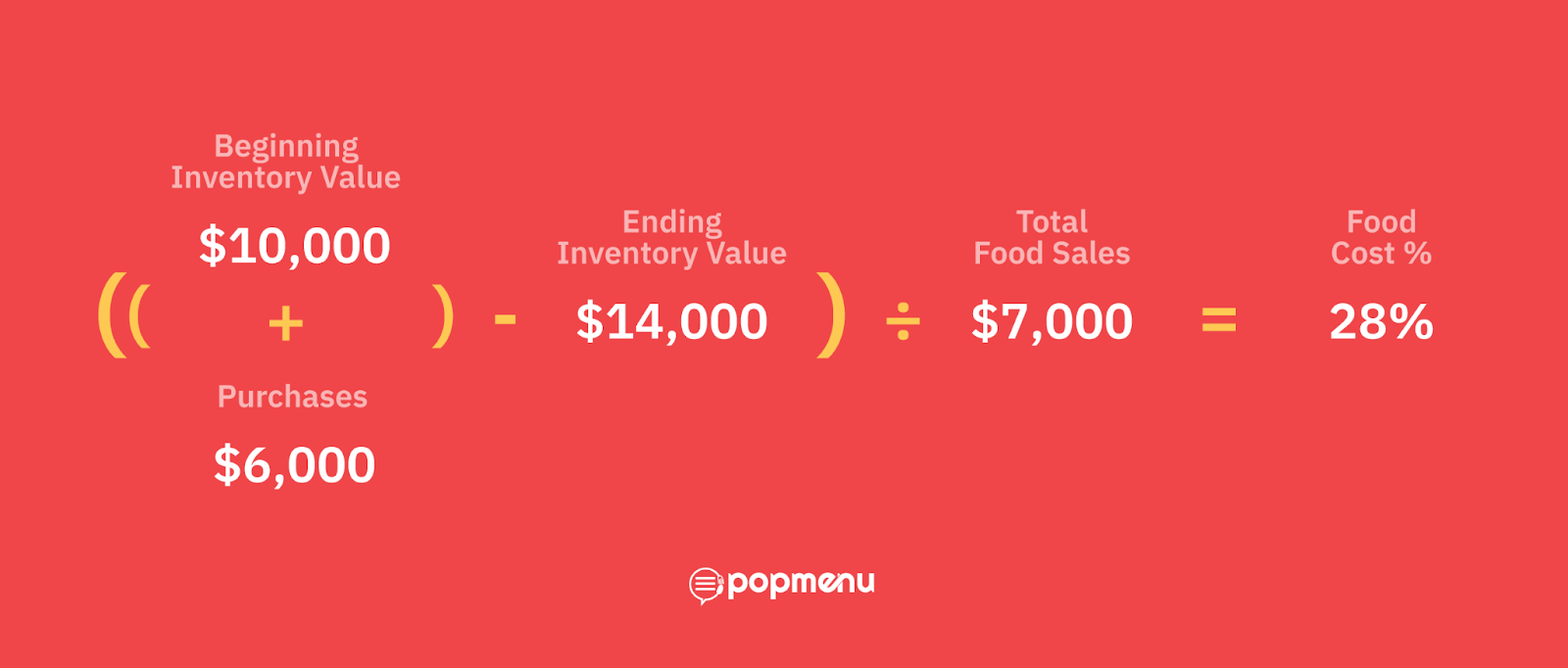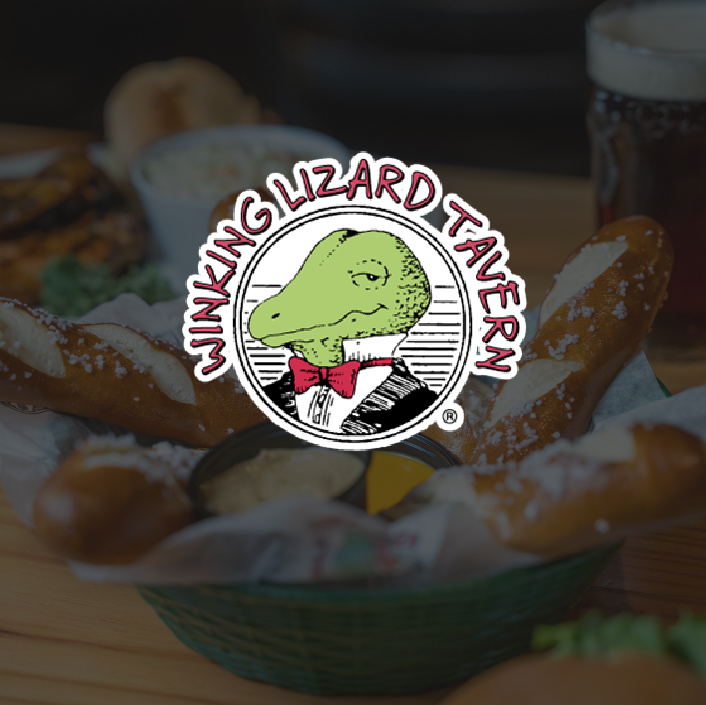
How to calculate food cost percentage (and why it matters)

Explore this content with AI
ChatGPT | Perplexity | Claude | Google AI | Grok
Shortcuts to cutting your food cost percentage:
What is food cost percentage (and why is it important)?
How to calculate food cost percentage
What is a “good” food cost percentage?
What to do once you’ve calculated your food cost percentage?
As a restaurateur, your top priority is taking care of your guests. But we know there’s more to running a restaurant than just that. It’s also essential that you understand your restaurant’s costs and revenue, and maintain a profitable business.
In the restaurant industry, food cost percentage is one of the most important metrics for determining the health of a business. Food is the product that restaurants sell, so food costs account for a significant amount of a restaurant’s overhead. But it’s important to remember that restaurants have other costs—rent, utilities, wages, supplies, and more—so food costs need to be managed to ensure there’s enough money left to cover all expenses—and still turn a profit.
Calculating food cost percentages can be tedious, but it’s extremely necessary. Read on for everything you need to know about food cost percentage: Why it’s so important, how to calculate it, and how to use it to maximize your restaurant’s profits.
What Is Food Cost Percentage?
Food cost percentage is the ratio of the amount of money your restaurant spends on food and beverage ingredients (food inventory) to the revenue those ingredients generate when they’re sold as menu items (food sales). It’s expressed as a percentage of total revenue from food sales.
Don’t worry if that seems complicated—it’ll make more sense when we explain how to calculate food cost percentages later in this article.
Why Is Food Cost Percentage So Important?
Knowing your food cost percentage is important because it’s one of the key indicators for profitability—and thus, overall success—in a restaurant. A restaurant business operates on slim profit margins (typically 3-5 percent), so keeping food costs at the right level is essential to maintaining profits at your restaurant.
Monitoring your food cost percentage allows you to:
- Spend smarter. When you know exactly how much wiggle room there is in your food budget, you know when you need to cut back, and when you can splurge on a pricey ingredient for a fabulous special.
- Engineer your menu. Calculating food cost percentages is one of the pillars of menu engineering, a method of using menu design and pricing tricks to maximize profits.
- Better understand supply chains. Especially today, when supply chain disruptions are causing unpredictable changes in prices for many items and ingredients, knowing your food cost percentage can give you a clearer picture of how changes in supply chains affect your restaurant’s profits.
- Update your menu. Understanding food cost percentages means understanding exactly how much money you have for ingredients. To save on costs, many restaurants get creative with dishes like seasonal specials that use local ingredients that are widely available and affordable.
Keep in mind, though, that food cost percentage is just one metric among many that restaurant owners need to track. For a full picture of your restaurant’s expenses, revenue, and profitability, you should also calculate:
- Cost of goods sold (COGS) and total profit margins;
- Total food cost and inventory costs;
- Labor costs;
- Operating expenses.
How to Calculate Food Cost Percentage

Here’s what you need to calculate your restaurant’s food cost percentage:
- A period of time in which you want to calculate your food cost percentage. This can be a week, a month, a quarter, a year—any time period you choose. For the purposes of this guide, let’s say a week.
- Beginning inventory value for the week. This is the dollar value of your inventory purchases made at the start of the week.
- Purchases during the week. This is the dollar value of any additional inventory you purchase during the week that wasn’t part of your beginning inventory.
- Ending inventory value for the week. This is the dollar value of any leftover inventory at the end of the week.
- Total food sales for the week. This is the dollar value of all sales of menu items made for the entire week. You should be able to retrieve this value from your POS system.
Food Cost Percentage Formula
Once you know all of those values, you simply plug them into a food cost percentage formula, which looks like this:

Food Cost Percentage Example
Here’s what that looks like in action.
Treetop Cafe wants to calculate its food cost percentage for one week.
- Beginning inventory value: $10,000
- Purchases: $6,000
- Ending inventory value: $14,000
- Total food sales: $7,000
Using the formula above, we would calculate Treetop Cafe’s food cost percentage like this:
($10,000 + $6,000) - $14,000
$7,000
Or, $2,000 / $7,000, which comes out to just over 28 percent.

How to Calculate Food Cost Per Serving
Think of your overall food cost percentage like your restaurant’s GPA. It’s a big-picture metric, but it doesn’t provide a lot of detail about where you spend the most money or make the most profit.
For that, you need to calculate actual food cost per serving (also known as recipe cost), which is more like individual grades for each menu item.
For this, you’ll need:
- Ingredients: A list of all the ingredients used in a certain food item.
- Cost of Ingredients: The total cost of food used to make the menu item, or what your restaurant pays for a single unit of every ingredient in that item.
- Quantity of Ingredients: The amount of each ingredient used in a single serving of the item.
- Menu Price: The dollar amount that the food item sells for on your menu.
Cost Per Serving Formula
Calculating cost per serving is a little bit more complex than your food cost percentage.
For each ingredient used in the item,
Cost of Ingredient x Quantity of Ingredient
Then, add together these values for each ingredient in the menu item. The total is your Ingredient Cost Per Serving.
Then, use this formula to calculate your cost per serving as a percentage of revenue:
Ingredient Cost Per Serving
Menu Price
Cost Per Serving Example
To illustrate this, let’s go back to Treetop Cafe, and calculate the cost per serving for its most popular menu item, avocado toast.
Ingredients: Sourdough bread, ricotta cheese, avocado, eggs, sunflower seeds.
Cost of ingredients: $2 for a loaf of sourdough, which is 10 slices (20 cents per slice). $2 for 12 ounces of ricotta cheese (17 cents per ounce). $6 for a bag of 5 avocados ($1.20 per avocado). $1 for 12 eggs (17 cents per egg). $4 for 4 ounces of sunflower seeds ($1 per ounce).
Quantity of ingredients: 2 slices of bread, 4 ounces of ricotta, 1 avocado, 2 eggs, and 1/4 ounce of sunflower seeds.
Menu Price: $11
For each ingredient, we need to calculate the ingredient cost per serving.
Sourdough bread: 20 cents per slice x 2 slices = $0.40
Ricotta cheese: 17 cents per ounce x 4 ounces = $0.68
Avocado: $1.20 per avocado x 1 = $1.20
Eggs: 17 cents per egg x 2 = $0.34
Sunflower seeds: $1 per ounce x ¼ ounce = $0.25
So the total Ingredient Cost Per Serving = $0.40 + $0.68 + $1.20 + $0.34 + $0.25 = $2.87
The cost per serving as a percentage of revenue would look like this:
$2.87 / $11 = 26 percent.

This means the cost per serving for avocado toast at Treetop Cafe is very close to the total food cost percentage, which is a good indication that this menu item is priced correctly.
What is a “Good” Food Cost Percentage?
A “good” food cost percentage is one that helps your restaurant maintain its bottom line. There’s no single number that’s right for every restaurant—it will vary depending on the type of restaurant, food, and service.
For profitable restaurants, industry averages for food cost percentages tend to be between 28 and 32 percent. However, the lower your food cost percentage is, the more potential profit you could be making.
You Know Your Food Cost Percentage—Now What?
Once you’ve calculated your food cost percentage, what comes next? This is a useful metric that can be used to save on costs and increase profits in a number of different ways.
Price Your Menu to Maximize Profits (Or Reach Your Ideal Food Cost)
Remember the avocado toast example from earlier in this article? The cost per serving percentage was 26 percent, which was close to Treetop Cafe’s food cost percentage of 28 percent.
But let’s say Treetop Cafe also sells a bacon-wrapped date appetizer for $3.50. After adding up all the ingredients, it turns out the total ingredient cost per serving is $2.75, making the cost per serving percentage 78.5 percent. That’s way too high.
There are two things that might be happening here: Treetop Cafe might be paying too much for the ingredients for this item, or the item might be priced too low on the menu. In this case, it’s likely that both of those things are true — bacon and dates are both trendy ingredients that can be expensive, and $3.50 is a very low price for an appetizer.
So Treetop Cafe can use another formula to determine how it should price its bacon-wrapped date appetizer. Assuming it wants a cost per serving percentage of 26 percent — the same as the restaurant’s food cost percentage — the right menu price can be calculated like this:
.26 = 2.75 / x

By solving for “x”, we see that Treetop Cafe would need to charge $10.50 for the cost per serving percentage to be 26 percent for this dish. That’s a much more reasonable price for a premium appetizer at a trendy cafe.
If your restaurant wants to lower its food cost percentage, it can use the same formula to determine the right menu prices for all items. Simply plug in your desired food cost percentage and solve for “x” for each dish.
Shop Around for Ingredients
Another way to lower your food cost percentage is to spend less on ingredients. By shopping around to different suppliers, you may be able to find cheaper ingredients (though be careful not to sacrifice quality). You can also lean into dishes that use ingredients that tend to be more affordable, like potatoes and pasta.
Buy Ingredients in Bulk
Another great way to save on ingredients is to buy your food supplies in bulk whenever possible. It’s important to note, though, that this will only save costs for your restaurant if you’re able to use all your bulk ingredients before they expire. Trying to buy ingredients in bulk without a good inventory management system in place may just result in more food waste—a $162 billion annual cost to the restaurant industry.
Adjust Portion Sizes
Aside from lowering food costs and raising menu prices, you can decrease your food cost percentage by adjusting portion sizes for your menu items—especially if they use premium or expensive ingredients. It’s possible to cut a portion size of, say, a pasta dish significantly without guests noticing; for example, a 10 percent reduction in the size of the portion will save your restaurant 10 percent of the cost per serving, and likely won’t be noticeable to even the hungriest and most eagle-eyed guests.
Embrace Seasonal Ingredients
If you’ve ever considered making your menu more seasonal, here’s the excuse you need. Seasonal ingredients are not only the freshest, but they tend to be the most affordable, since they’re abundant in your local area when they’re in season. You can reduce your food cost percentage by rotating seasonal menu items that use the ingredients that are accessible at the lowest cost, depending on the time of year.
Food Cost Percentage: A Powerful Tool for Making Restaurants More Profitable
Remember that food cost percentage isn’t the only metric a restaurant owner should be tracking. It is, however, one powerful tool that can help increase a restaurant’s profitability—and that’s why it’s one metric all restaurateurs should know.





.jpeg)






